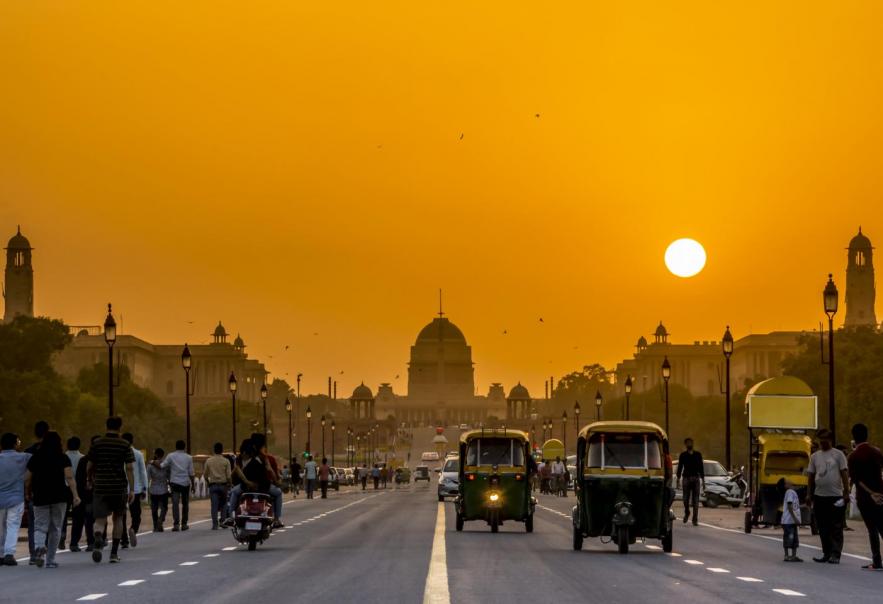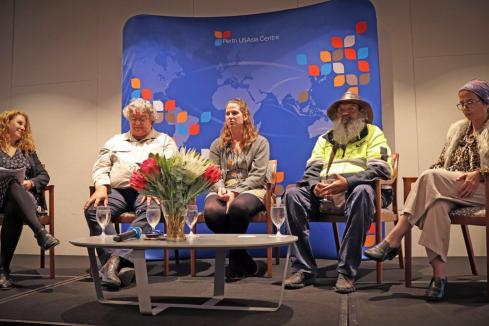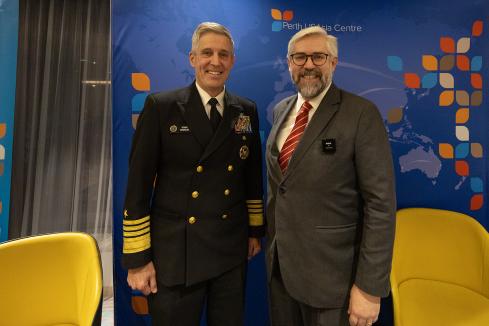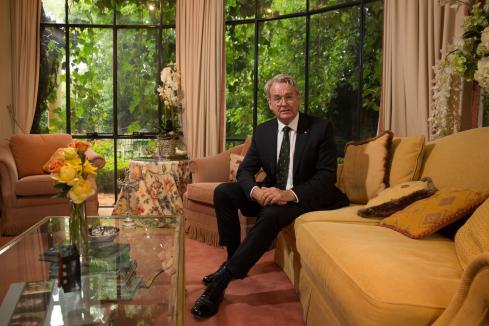

During September, I spent a week in Delhi and Mumbai, India’s capital and major commercial centre respectively, as part of a Perth USAsia Centre delegation. The fourth such trip to India in the past 24 months, each visit has underlined the importance Australia needs to place on enhancing its trade, investment and strategic relationship with South Asia’s rising great power.
It was a good time to be in India.
Much of our conversation centred around two recent developments: the failure of the landing module on India’s Chandrayaan-2 moon mission, and the disappointment that India’s economic growth has slowed to 5% for the quarter.
There is an unexpected parallel between these two stories, a classic failure to see the forest for the trees.
By all accounts, the Chandrayaan-2 mission was highly complex and with an orbiter, lander and rover it marked a significant step forward for the impressive Indian Space Research Organisation (ISRO.) The failure of the lander in the final stage was certainly a deep national disappointment. By the time we arrived in Mumbai, along its landmark Marine Drive there were already posters of Prime Minister Narendra Modi giving the Chairman of ISRO a consoling hug after communication with the lander was lost.
Despite this setback, the orbiter is still operating successfully and boasts the highest resolution camera ever on a lunar mission, as well as numerous other capabilities that will contribute to global scientific understanding of the moon. We were heartened to learn that attempts to re-establish contact with the lander included the use of facilities in Australia.
Separately, on the ground explanations for India’s relatively anaemic quarterly growth rate were myriad: a sharp drop in consumer confidence, a credit crunch driven by the hesitancy of banks to lend in the current environment, the lingering effects of India’s demonetisation program and the unsteady roll-out of the first ever national goods and services tax (GST).
Regardless of the explanation, these results will inevitably cue a chorus of naysayers claiming that this is evidence of yet another “false dawn” in India. Yet most economists we spoke to in India were equally confident about the country’s long-term trajectory.
India is still widely forecast to become the 2nd largest economy in the world by 2050. In the intervening years it will climb steadily up the ranks, predicted by 2030 to be equivalent in size to the China of today, and larger than the United States and European Union of today.
For Australia, an enhanced relationship with India is not just aspirational, not merely a future prospect, but something taking place right now.
Over the past twelve months, trade, investment, tourism, and student numbers between Australia and India have all increased in double digits in both directions. One could sense over four days of conversations that we have never been better placed to drive home the potential for our bilateral relationship. Certainly that feeling was stronger on this visit than in any of my previous visits to India over the last decade or more.
India has already begun learning from the malfunction of its landing craft and there will certainly be future moon missions and technological successes for the Indian Space Program.
While the process of transforming an economy of nearly 1.3 billion people in the world’s largest democracy may take longer, India for Australia remains an essential part of our own economic strategy.
Any diversification strategy for the Australian economy, one that is increasingly trade reliant upon the export of a relatively small number of commodities to an even smaller number of critical trading partners, must include India.
There are those who say that Australia cannot realistically diversify our international economic ties, and that no country can possible match the weight of China.
Such perspectives are backward looking and ignore current and future trends.
Even without considering the United States or Japan, the combined GDP, Defence budgets and populations of India and Indonesia will almost certainly equal or exceed that of China by 2040.
In this context it should be clear that India, and to a lesser extent Indonesia, is Australia’s Indo Pacific “moon shot” for future economic prosperity.
As such, Australia should strongly support India’s participation in the Regional Cooperative Economic Partnership (RCEP), as we do India’s belated inclusion into APEC.
When Prime Minister Modi receives the Australian Economic Strategy report from Ambassador Anil Wadhwa by the end of this year, Australia should move quickly to discuss joint implementation of the Wadhwa Report with our own India Economic Strategy, prepared by former Australian High Commissioner to India Peter Varghese, who formed part of our delegation to Delhi.
In the longer term, we should revitalise bilateral Australia-India Free Trade Agreement negotiations, and encourage India to join Australia, Japan and others in the Trans-Pacific Partnership.
The road may be long and will have setbacks, but for our own prosperity, Australia has a deep equity and vested interest in India’s success.
Stephen Smith is a member of the Board of the Perth USAsia Centre, Chair of the UWA Public Policy Institute, and a former Australian Minister for Foreign Affairs.










